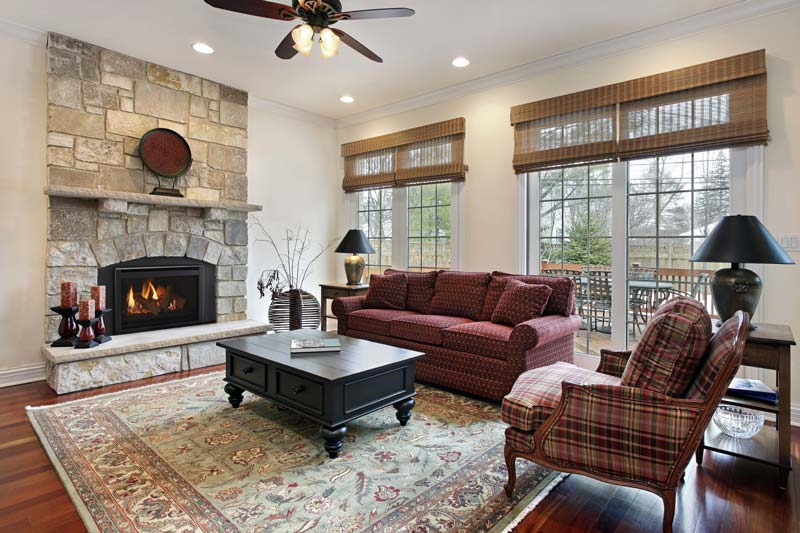Bought a house over the summer. During the course of the house inspection, the inspector mentioned the fireplace panels had to be replaced. (House was built in the 1990s). Inspector said we could have level 2 inspection, but we declined. (Yeah... we should have said go ahead)
Sellers got smart, and picked the cheapest place where they got a low ball quote to replace the panel. This low ball amount was adjusted at the closing as a 'credit'. (We should have gotten our own quote to compare)
Anyway, few months into owning the home I call up a fireplace service company and they state they can get the panel replacements (they weren't even close to the low ball quote) but they require a level 2 inspection to check for major issues before we drop $ on something that may need a bit more work for.
They came out and noticed a few things;
There has been a leak in the chimney and it has rusted the damper, and water has leaked behind the panels also causing rust. They said its not a fixable situation and needs a complete replacement, estimated at $10k to 15k.
However, they mentioned there is a serious curveball. The chimney itself is 8 feet high, not 10 feet high as recommended by superior. When they built the house they didn't build the chimney to the manufacturers recommendations. He speculated it is because the chimney itself is on the side of the house where the 2nd story of the house wasn't built over the garage (the family room with the fireplace shares the same wall as the garage), and another 2 feet would make the chimney appear to be a lighthouse.
Their recommendation was to skip the wood fireplace as its not worth it, and put in a natural gas insert for about 50% of the cost. (Depends a lot on the plumber running the nat gas pipe in the basement to where the fireplace is)
Does this seem legit? I don't want to give up a wood fireplace, but unfortunately I think I am a bit stuck with either having nothing and sealing the chimney or looking into the nat gas insert.
Sellers got smart, and picked the cheapest place where they got a low ball quote to replace the panel. This low ball amount was adjusted at the closing as a 'credit'. (We should have gotten our own quote to compare)
Anyway, few months into owning the home I call up a fireplace service company and they state they can get the panel replacements (they weren't even close to the low ball quote) but they require a level 2 inspection to check for major issues before we drop $ on something that may need a bit more work for.
They came out and noticed a few things;
There has been a leak in the chimney and it has rusted the damper, and water has leaked behind the panels also causing rust. They said its not a fixable situation and needs a complete replacement, estimated at $10k to 15k.
However, they mentioned there is a serious curveball. The chimney itself is 8 feet high, not 10 feet high as recommended by superior. When they built the house they didn't build the chimney to the manufacturers recommendations. He speculated it is because the chimney itself is on the side of the house where the 2nd story of the house wasn't built over the garage (the family room with the fireplace shares the same wall as the garage), and another 2 feet would make the chimney appear to be a lighthouse.
Their recommendation was to skip the wood fireplace as its not worth it, and put in a natural gas insert for about 50% of the cost. (Depends a lot on the plumber running the nat gas pipe in the basement to where the fireplace is)
Does this seem legit? I don't want to give up a wood fireplace, but unfortunately I think I am a bit stuck with either having nothing and sealing the chimney or looking into the nat gas insert.



